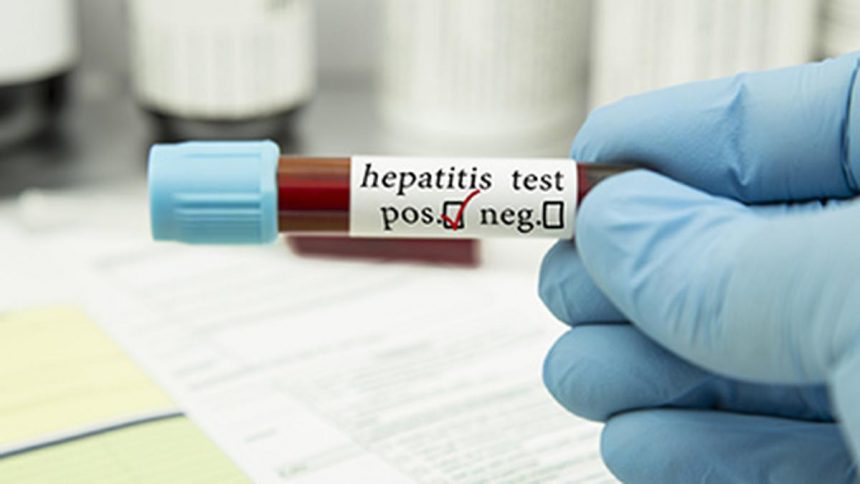• JSD to upgrade water testing labs in Kashmir: Chief Engineer
• 11 labs already NABL accredited
Srinagar, Nov 24: Kashmir has witnessed a rise in Hepatitis A cases, particularly in areas with inadequate sanitation and water supply systems, with Children Hospital Srinagar reporting an increasing number of cases, according to officials.
Senior doctors at the valley’s largest Children Hospital said in September and October, the hospital saw over 130 cases of Hepatitis A and cases were also reported in June and July.
“There has been a surge in Hepatitis A cases if we compare the figures seen previously. Such children keep on coming. Hepatitis A doesn’t need hospitalization if it is not severe. Most patients get well at home only. It is a self-resolving disease but some patients do get admitted,” said a doctor.
Health experts attribute the rise to poor hygiene practices, consumption of untreated water, and lack of awareness about the disease.
“The infection causes symptoms like jaundice, fatigue, abdominal pain, and fever. It is preventable through vaccination, proper sanitation measures. Limited access to clean water and inconsistent public health campaigns have left many residents vulnerable,” they said.
A paediatrician at the hospital said children are particularly at risk, as they often come into contact with contaminated environments. “Addressing the rise in Hepatitis A cases requires a coordinated effort involving public health awareness, infrastructure improvements, and timely medical interventions to prevent further spread of the disease,” he said.
On November 18, typhoid cases were reported in several villages in North Kashmir’s Bandipora district, with locals attributing the cause to contaminated water.
In February this year, Pahnoo, Trenz, Nadigam villages in south Kashmir’s Shopian district saw an outbreak of Hepatitis A after which 1,000 people were screened and 10 were tested positive including teenagers. The cases had surfaced due to contaminated water supply.
Locals in affected areas said unsafe drinking water is a major cause of hepatitis A&E outbreaks in rural areas, highlighting the lack of access to safe and clean water supply.
Health officials said waterborne diseases, such as hepatitis A and E, are a major public health concern suggesting proper prevention, surveillance and timely management. In the past water samples have failed the water test and it was not suitable for drinking purposes.
Chief Engineer Jal Shakti (PHE) Department Kashmir, Vivek Kohli, said that Bandipora reported typhoid cases but “there was no Hepatitis case as water tests were conducted.”
“At many places people use the water coming from streams. PHE water is tested and when there is any complaint of contamination we immediately test the water,” he said.
The Chief Engineer stated that water samples are tested regularly in various areas and analyzed in district or sub-divisional testing laboratories.
“We are also in the process of upgrading all the water testing labs. We have 53 labs in Kashmir out of which 11 labs are accredited by the National Accreditation Board for Testing (NABL). We are working to get all labs accredited,” he said.
Timeline of cases:
In the past, several districts in Kashmir have made headlines for Hepatitis A, B, and C cases, most of which were reported during the winter months, as covered by Rising Kashmir.
In August 2023, Riyar village in Khansahib Budgam reported the death of a 10-year-old boy due to jaundice and the health department had reported dozens of positive cases.
In Dec 2022, two children had died due to Hepatitis A while six others were tested positive in Turka Tachloo village in Kulgam district.








